Pellet Smoker Pork Belly Bacon Recipe
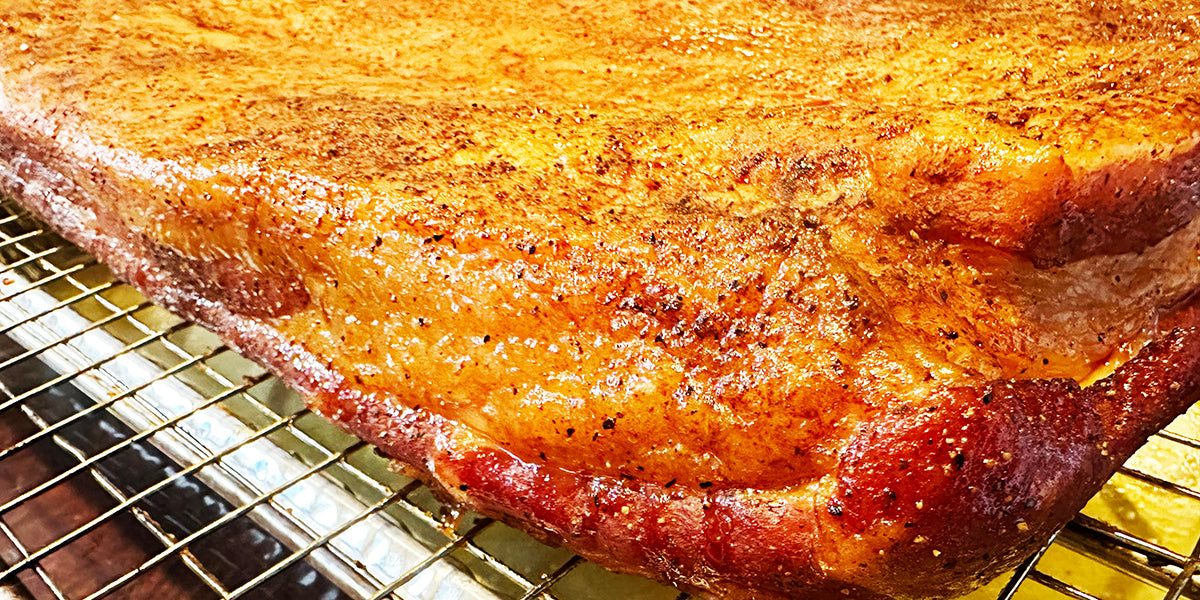
What is pork belly bacon?
Pork belly is the cut of meat that bacon is typically made from. Making bacon from pork belly is a relatively straightforward process that involves curing and smoking the meat.
How to cure pork belly for bacon? What is a dry brine?
Dry brining pork belly for bacon serves several important purposes, contributing to the overall quality, flavor, and texture of the final product. Here's a more detailed explanation of why dry brining is commonly used in the process of making bacon from pork belly:
1. Flavor Enhancement: Dry brining with salt enhances the natural flavor of the pork belly. The salt penetrates the meat, seasoning it from the inside out. This results in a more flavorful and savory end product. The flavor enhancement is particularly important in bacon, where the goal is to achieve a perfect balance of saltiness and smokiness.
2. Moisture Retention: While bacon is traditionally a cured and often smoked product, dry brining helps the meat retain its natural moisture. The salt in the dry brine interacts with the proteins in the pork belly, allowing the meat to hold onto more water during the cooking process. This helps prevent the bacon from becoming overly dry and results in a juicier, more succulent texture.
3. Texture Improvement: The salt in the dry brine acts as a meat tenderizer by breaking down some of the protein structures in the pork belly. This can contribute to a more tender and enjoyable texture in the finished bacon.
4. Preservation: The salt used in the dry brine has preservative properties. It helps inhibit the growth of bacteria and other microorganisms, extending the shelf life of the bacon. This preservation aspect is crucial in the historical and traditional methods of curing bacon before refrigeration was widely available.
5. Control Over Seasonings: Dry brining allows for precise control over the amount and type of seasonings used. Besides salt, you can add other flavorings like black pepper, garlic, or even sugar to the dry brine mixture. This customization enables you to tailor the flavor profile of the bacon to your preferences.
6. Convenience: Dry brining is a relatively simple and convenient method compared to wet brining. There's no need for large containers of liquid, and the process is less messy. You can easily apply the dry brine to the pork belly, place it in a sealed bag or container, and let it cure in the refrigerator.
7. Consistent Results: Dry brining provides more consistent results across batches. Since there's no variability introduced by the amount of liquid in the brine, the concentration of salt and other seasonings can be more precisely controlled, leading to a consistent and predictable flavor profile.
Dry brining pork belly for bacon is a time-tested method that enhances flavor, improves texture, retains moisture, and aids in preservation. It's a key step in the traditional process of curing bacon and contributes to the characteristic taste and texture that bacon enthusiasts appreciate.
What about the liquid that comes out of the meat during the dry brine?
During the dry brining process, especially when using salt, a phenomenon known as osmosis occurs. Osmosis is the movement of water across a semi-permeable membrane, such as the cell walls in meat, from an area of lower solute concentration to an area of higher solute concentration. In the context of dry brining, salt acts as the solute.
Here's a more detailed explanation of the liquid that comes out of the meat during the dry brining process:
1. Initial Absorption of Salt: When you apply the dry brine (which typically consists of salt and possibly other seasonings) to the surface of the meat, the salt starts to draw moisture out of the meat.
2. Creation of a Brine Solution: As the salt comes into contact with the meat, it dissolves in the moisture that is naturally present in the meat. This process creates a concentrated brine solution on the surface of the meat.
3. Osmosis: Due to osmosis, water molecules from within the meat cells move towards the higher concentration of salt on the surface. The salt acts as a solute, and the water from the meat cells moves across the cell membranes to dilute the concentrated brine on the meat's surface.
4. Moisture Migration: The movement of water from the interior of the meat to the surface helps to redistribute moisture throughout the meat. This is why dry brining is often associated with the term "dry curing" — while the process involves the use of salt, it ultimately contributes to the distribution of moisture within the meat.
5. Flavor Penetration: As the brine solution is drawn into the meat, it carries the salt and any other seasonings with it. This process not only enhances the flavor on the surface but also allows the salt to penetrate deeper into the meat, seasoning it throughout.
6. Texture Changes: The salt also interacts with the proteins in the meat, causing them to unwind and swell. This can result in a more tender texture, as the salt disrupts the protein structures and allows the meat to retain more water.
7. Concentration of Flavors: The moisture that comes to the surface during the dry brining process carries with it the dissolved flavors from the salt and other seasonings. This concentration of flavors contributes to the development of a more intensely flavored outer layer in the meat.
It's important to note that while some liquid is drawn out during the dry brining process, the goal is not to dehydrate the meat but rather to enhance its flavor, texture, and moisture retention. The liquid that comes out of the meat can be discarded before cooking, or it can be used in certain recipes to impart additional flavor. Additionally, the concentration of flavors on the surface can contribute to the formation of a flavorful crust during cooking, as in the case of bacon.
How to smoke pork belly for bacon?
Smoking pork belly at a low temperature is a crucial step in the process of making bacon. This low-and-slow smoking method provides several benefits that contribute to the distinctive flavor, texture, and appearance of bacon:
1. Flavor Development: Low-temperature smoking allows the pork belly to absorb the rich, smoky flavors from the wood smoke slowly. The extended exposure to the gentle smoke contributes to the development of a deep and complex flavor profile in the bacon. This slow infusion of smokiness is a key characteristic that sets bacon apart from other pork products.
2. Preservation and Curing: Smoking is a traditional method of preserving meat, and in the case of bacon, it serves as part of the curing process. The combination of smoke and curing ingredients helps inhibit the growth of bacteria and microorganisms, extending the shelf life of the bacon.
3. Texture Improvement: Smoking at a low temperature allows the fat in the pork belly to render slowly, contributing to a desirable texture in the finished bacon. The low-and-slow approach helps avoid rapid fat rendering, resulting in a more tender and succulent end product.
4. Color Enhancement: The low and slow smoking process contributes to the development of a characteristic reddish-brown color on the surface of the bacon. This color, often referred to as the "smoke ring," is visually appealing and indicates that the bacon has undergone proper smoking.
5. Avoiding Overcooking: Cooking bacon at higher temperatures can lead to overcooking and excessive crisping. Low-temperature smoking allows for controlled cooking, ensuring that the bacon achieves the desired level of crispiness without becoming overly dry or burnt.
6. Consistent Smoking Throughout: The low temperature ensures a consistent smoking process throughout the entire thickness of the pork belly. This uniform exposure to smoke helps maintain an even distribution of smoky flavor and color in the bacon.
7. Compatibility with Curing Agents: Many bacon recipes involve curing the pork belly with a mixture of salt, sugar, and sometimes curing salts. The low smoking temperature is compatible with the curing process, allowing the flavors to meld together effectively.
8. Longer Exposure to Smoke: Bacon is typically smoked for a longer duration compared to other cuts of meat. The extended exposure to smoke at a low temperature allows the flavors to penetrate deeper into the pork belly, resulting in a more pronounced smokiness.
Smoking pork belly at a low temperature is a critical step in the bacon-making process. It contributes to the development of a well-balanced and flavorful product, with the right combination of smokiness, tenderness, and visual appeal that defines high-quality bacon.
How to get more smoke from a pellet grill?
The ideal temperature range to produce the most smoke in a pellet smoker is generally in the lower temperature range, typically between 180°F to 225°F (82°C to 107°C). This temperature range is often referred to as the "smoking" or "low-and-slow" range and is commonly used for smoking meats to achieve a deep smoky flavor.
Here's why this temperature range is preferred for producing smoke:
1. Smoldering Wood Pellets: At lower temperatures, the wood pellets in a pellet smoker are more likely to smolder rather than burn with a clean flame. This smoldering process releases flavorful compounds from the wood, contributing to the desired smoky flavor in the food.
2. Extended Exposure to Smoke: Cooking at lower temperatures means a longer cooking time, allowing the food to be exposed to smoke for an extended period. This extended exposure helps the food absorb more of the smoky flavor, enhancing its taste.
3. Flavorful Compounds Release: The smoldering wood pellets release a variety of aromatic compounds, such as lignin and cellulose breakdown products, which impart a complex and rich flavor to the food.
4. Low-and-Slow Cooking Method: The low-and-slow cooking method at these temperatures is ideal for smoking larger cuts of meat like brisket, pork shoulder, or ribs. The slow cooking allows the collagen in the meat to break down into gelatin, resulting in a tender and flavorful end product.
5. Smoke Ring Formation: Lower temperatures are conducive to the formation of a smoke ring on the exterior of the meat. A smoke ring is a pinkish discoloration caused by the reaction of nitrogen dioxide in the smoke with myoglobin in the meat. While it doesn't significantly affect the taste, it is often considered a sign of well-smoked barbecue.
It's important to note that the amount of smoke produced can be influenced by factors such as the type of wood pellets used, the pellet smoker's design, and the quality of combustion. Additionally, personal preferences for the intensity of smokiness can vary, so it's recommended to experiment with different temperatures and wood pellet varieties to find the ideal balance for your taste.
While the 180°F to 225°F range is commonly used for smoking, some variations in temperature within this range may still produce excellent results. As always, it's essential to monitor the smoke output, and if adjustments are needed, you can tweak the temperature and airflow settings to achieve the desired flavor profile.

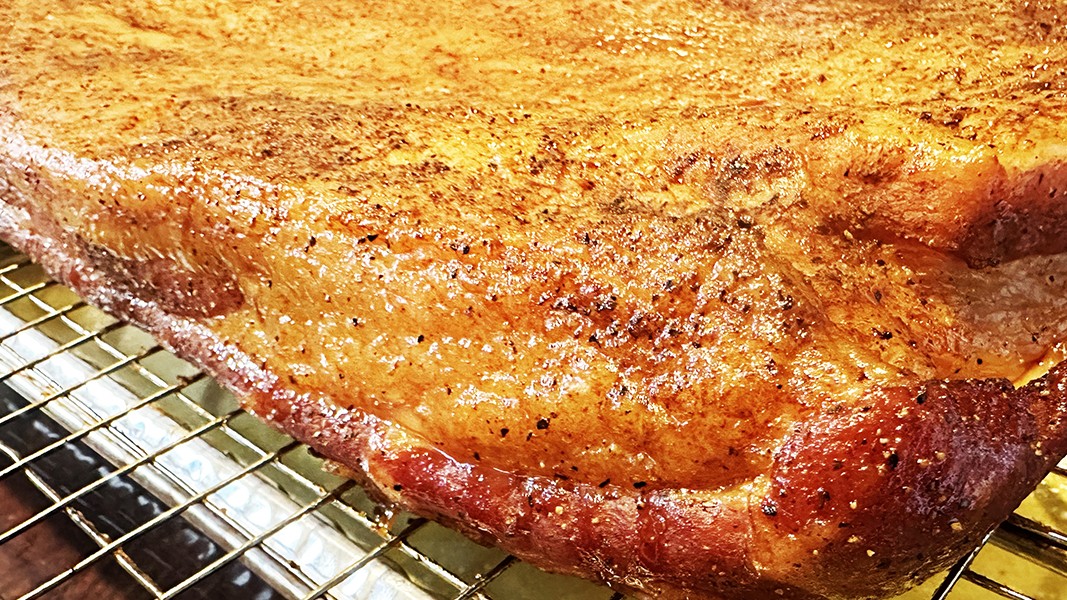

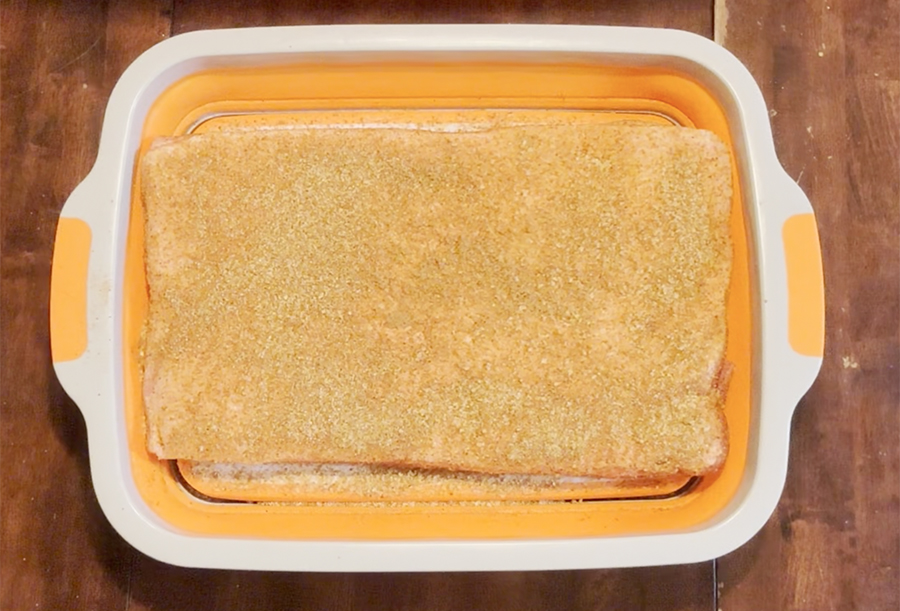

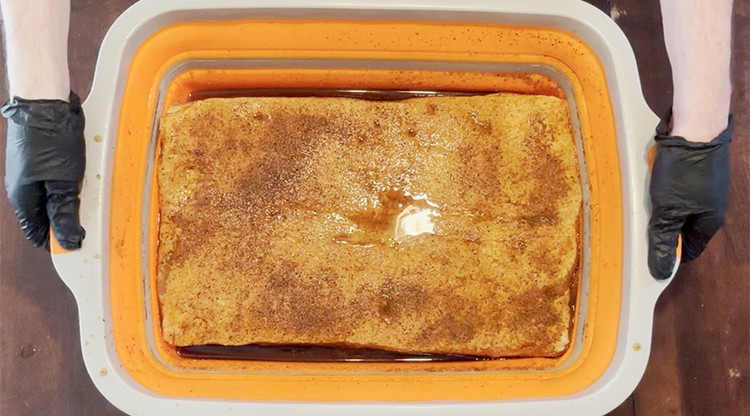


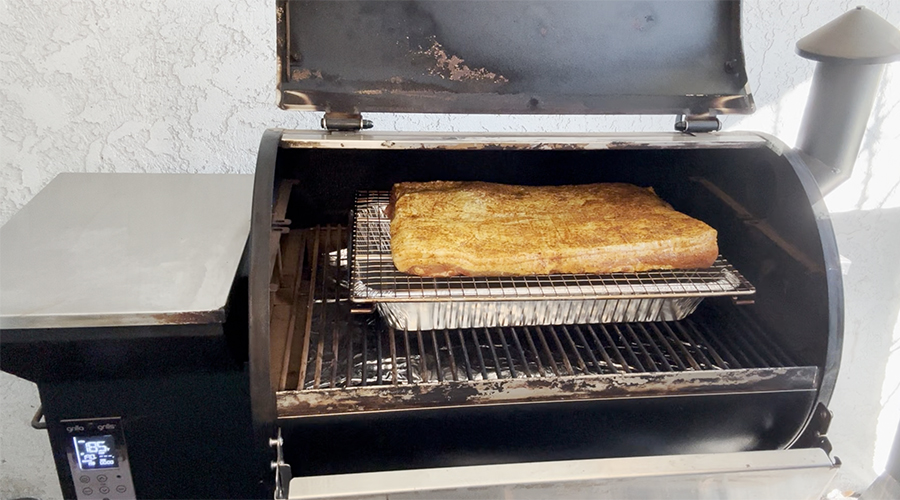
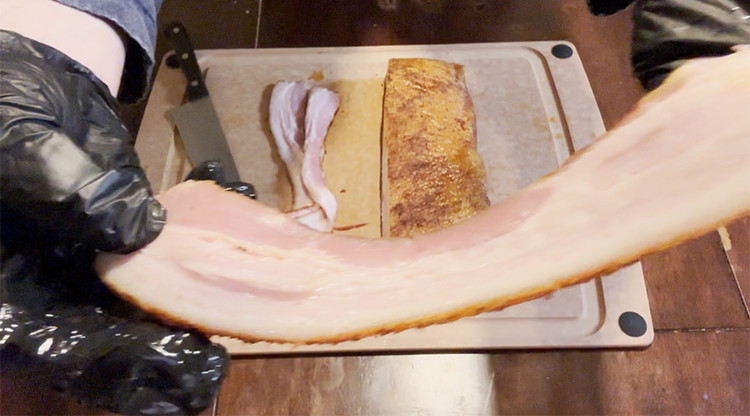
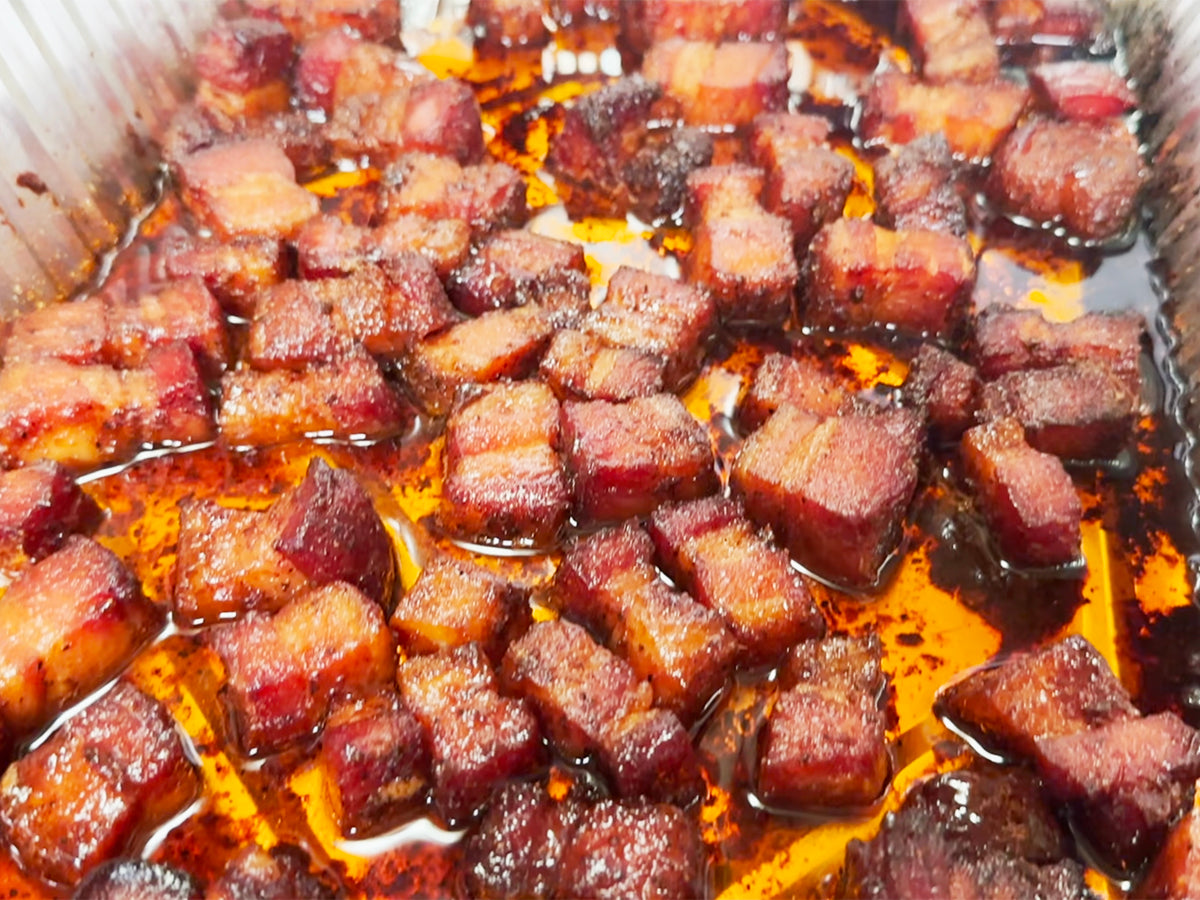
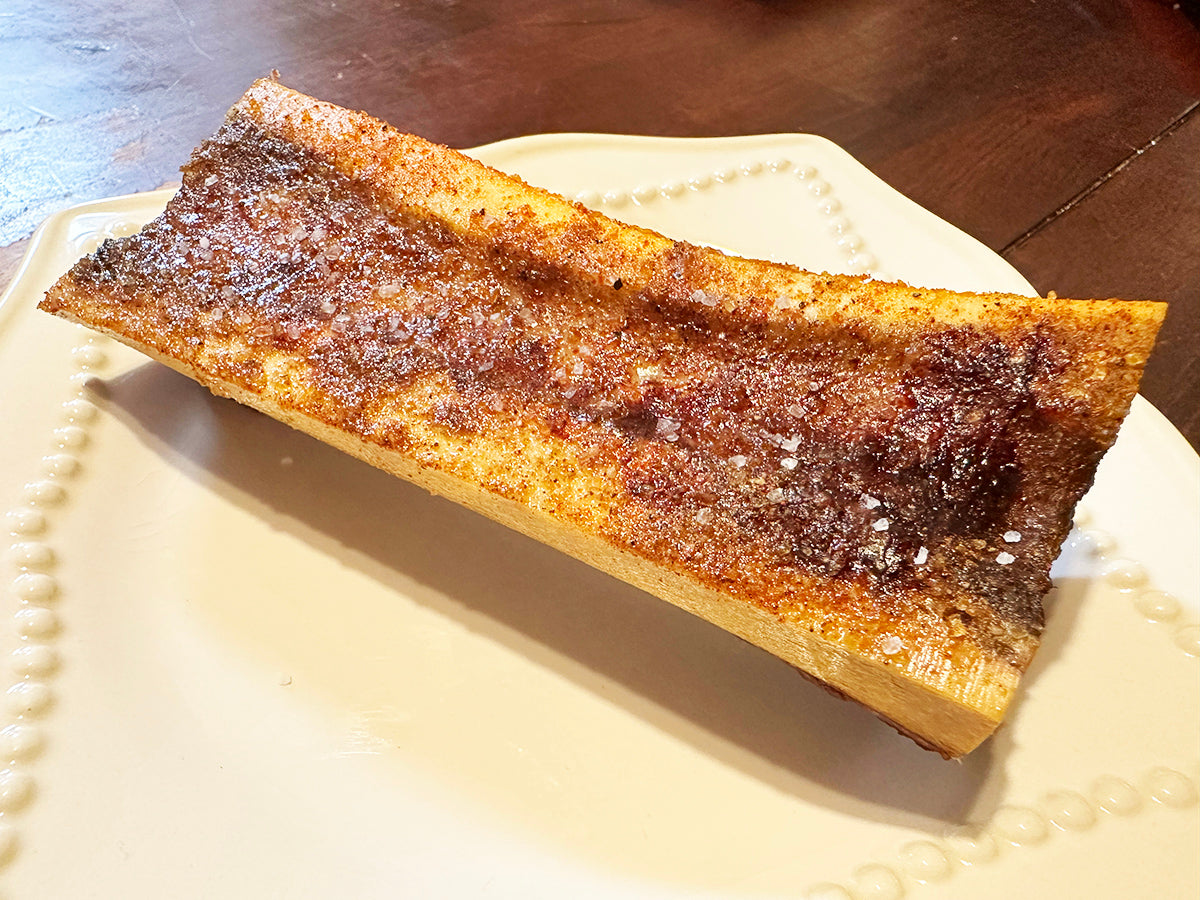

Comments